What to Look For in a Tannery Run?

Ever heard of a tannery run? Tanner Leatherstein explains what it is and helps you to build the confidence that you need next time you’re on a tannery run! In this video, we’ll answer the following questions:
- What are the different leather grades and what are some of these examples?
- How can you negotiate with a tannery or tannery owner?
- How can you reuse the bad selection of leather articles so that you are still able to use them for your leather projects?
Let us know your thoughts and questions in the comments section below. We always read your comments! We’ll see you again next time. A quick reminder to be authentic, be leather-savvy!
TRANSCRIPTION / WRITTEN ARTICLE
Hello, everyone! This is Tanner here. In this video, I would like to talk about the term called “tannery run” which is a grade selection terminology in the leather industry for the tanneries. It basically means the mix of grades they output from their factories. It changes from tannery to tannery.
Since it’s not very self-explanatory terminology, I would like to go in-depth and in detail coming from one of the recent experiences I have lived in the past few weeks as I was visiting Europe, checking some leather around different dealers. This was actually, particularly from an American tannery. They are very famous. All of us love it and love their products. Horween. Most of you probably used or are using their leather.
I lived in Chicago for about eight years and I was passing by the tannery every day. It’s just phenomenal. They’re right in the middle of the city. They still create that beautiful work. It’s a historical place. I’ve been in the tannery and I visited their shop, the thinner row, and all that stuff. I’ve seen their beautiful articles, but this time, I visited one of their dealers. I’m not going to name the place, but I was talking to this professional over there who has been doing this business for over 30 years. They’re selling Horween leathers.
We were looking at some of the articles. I have in front of me three of their stuff: the chromexcel, a couple of colors of the chromexcel, and I have the Derby as well. So, I will get to it in a bit and will try to see the quality selection of those.
But, I wanted to get a Dublin article as well. I saw it on the shelf and I was like, “Can I look at that, too?” So, we opened it and the entire row was really, really, like, bad selection. And I was like, “Is this Horween? Like how is that possible?” The distributor was like, “Well, at times, Horween can come like this. You know, they’re big and a big brand name. And sometimes, their tannery run can go into the very, very low end of things like a lot of C’s and D’s.” So, sometimes they complain back to the tannery when they get a batch like that. But, at that point, it’s kind of too late. You don’t have much to do.
Since their brand name is big in the small artisan space, then that leather goes. If you’re making smaller goods, you might get away with finding cleaner parts, and making your stuff. But, if you’re making bags or in a bigger article business, then that’s not going to work. You’re going to stick with a bunch of not-so-clean leather.
I want to explain what is not-so-clean leather, what makes leather A-grade, B-grade, C-grade, and D-grade, and how the tanneries compile their tannery run selections.
For most of the tanneries I work with, I don’t accept anything below 50% to 60% A-grade, 30% B-grade, and maybe, 10% to 20% C-grade. If it’s lower than that, that’s really difficult for me to work with the tannery. But a lot of tanneries in the US don’t have that kind of selection. They get a lot of raw hides and they don’t select it much because they don’t like to do corrective finishes a lot. American-style tanning, it pretty much has natural finishes and it shows up in everything such as the pull-ups, anilines, and full-grains.
But some leathers are just not suitable for that. And if you don’t have a Plan B for leveraging those kinds of leather, then you’re going to have to use that in aniline finishes or full-grains, but you’re not going to get good stuff at the end. You are going to end up with a lot of C’s and D’s in your tannery run composition. This will reflect in the end user and I don’t think it’s a good practice.
I really like tanneries who pay huge attention to their selection processes starting from rawhide. It’s like a once-and-done kind of selection. You select the rawhide when you get it. You get a specific kind of rawhide in certain limits of weight, a certain gender, and certain geographies of hides that are suitable for some articles especially if we’re talking about those transparent anilines and full-grain finishes. You have to be very picky about the rawhide selections that you’re getting.
Let’s say you have done that right. A lot of things may have gone wrong in the year because of the climate and different things, diseases around the herd, and you still may get a surprise once the product gets to the half process where the hair is gone and you start seeing the grain. Usually, similar geography, similar breeds, and animals produce similar qualities, but you’ll never know until you take the hair off.
Once you take the hair off at the mid-process – if it’s a chrome processing, it’s wet blue. If it’s vegetable tan processing, it’s the after-the-tanning process. You make another selection. So, you take your A’s, B’s, and C’s. Now, you’re seeing the grade. Actually, this is what you’re looking at. This is not a half-processed item, but it’s a little further down the road. This is a crust and this is a very low-grade crust. In my opinion, this is D or maybe E. And why is that?
If you come closer to here, this is right on the neck– back of the neck of the animal right between the shoulder blades. There are a lot of diseases and marks here. This animal has been through some skin disease for sure. There are a lot of bite marks, like ticks and stuff. If we go down lower here, right on the back, we see a lot of scratches. Probably where this animal lived was a thorny, bushy area. The animal was scratching itself.
Coming over here, you see a lot of scratches here going towards the butt area. Again, a lot of diseases and sickness marks. We see a fire branding here. The fire-branded animal. Poor guy. And you know, a lot more stuff.
This is one of the pretty good examples of the bad selection leather, low selection. So, what do you do with this? Once you have these C, D, and E grades, this is still material. This still needs to be done into something. So, what you do is buff it off a little bit to get the main defects off with the sanding process. Then, you go into that top grain space, and probably, you’re going to need to apply a corrective finish on this, which means you’re going to need to use thicker, heavier coverage on your finish recipe to further cover and standardize these very uneven surfaces you see on this very skin.
Even at some point, you might go with embossing, too. Either it’s a hair cell that is trying to replicate the cowhide grain with an embossing plate (a huge plate that looks like the hair cells in between) or you can go for a different pebbled look, crocodile, or Saffiano in different kinds of embossing plates, we can go with it and completely cover this with acrylic and pigment finishes. Then, this leather will become pretty, pretty usable.
We have a lot of examples. Maybe, I can pull this one. This will turn into something like this. So, this is embossed with a pebbled grain and it also had a sanding effect. It still has a little bit of color variation, the pull-up structure. It has a burnish on it. This is what comes out of the leather, which was below this, after applying some buffing and corrective finish on it. This leather can be turned into a corrected top-grain finish.
But the problem here is, a lot of tanneries in the US, somewhere, we may probably have to do this since they don’t have much of corrective finish articles available. So, they use all the leather they get for their traditional stuff, which are chromexcels, Dublins, Derbys, and all other stuff. I picked these three out of the row that the gentleman was showing me. These are the cleanest items out of the row, and we can look at this.
This is a chromexcel navy from Horween. This is a hand-stained item so this is one defect here. There are a bunch of scratches here on the neck area. There are more scratches here. Other than that, not too many defects that I see on the back of the animal. Overall, this is a pretty good one. I would say, definitely A- to B-grade here.
We have the other color that is very popular in their selection. It’s a lollipop red (I think they call it?) in chromexcel. We can check this for some of the disease marks here. Yeah, there’s actually a knife cut in the back in the skinning process. On the shoulder, I see some skin diseases. Definitely, this is a lot more than the other one. Other than the navy, probably this would be, in a very tight fine selection, could be B or maybe even C. Since this is a darker color and has a pull-up effect, we don’t see many of the defects so much. But again, this is not an A, which is normal. You will see A’s, B’s, and even C’s at your tannery run but again, it depends on how much of a C you are getting versus the A’s you will be getting.
I will definitely ask that question when you’re getting leather from tanneries, especially bigger batches. I would like to know how much percentage of it will be A, B, C, or D. If they can’t say a good number, I would be careful about it especially if you’re working with a big area production. If you’re making bags, upholstery, or things like that.
So, this is a Derby. Again, from Horween. This article will be able to take and absorb more of the lower-quality Ds and Cs because of the double-toned nature of this finish and the tumbling. The little imperfections actually make this article look pretty okay. So, I would be totally fine with using B’s on this finish or even C’s, since the scratches and little marks– we can even see some examples of it over here. There’s something over here stuck on the grain. There are a couple of spots here that are diseases and sicknesses. But they kind of enrich the rustic look of this article which doesn’t bother me that much.
When it comes to that article (Dublin) I was looking at, it was pretty similar in color which shows all the defects. Oh my god. That was all scratches and cracked grain. I was looking at about four to five skins in a row, and all of them were pretty similar. Like, the usable area, I would say, is about 40% of the hide in a cleaner selected cuts if I’m making crafts out of it. And I was asking, “What is this?”.
Well, sometimes Horween might be like this. We tell them no. It’s not always. They usually have good upkeep on that selection. But sometimes when they have a lot of it and they send it, and they don’t do much about it afterward when you complain.
Again, I think it’s being a big brand name, like that. Especially in the tannery space, which I admire. I congratulate them on being the brand that they are as a tannery. Tanneries are not usually the end-user brands that they’re known for, but Horween did a great job introducing their name from the backend of the leather industry to the end user so that’s probably how they can keep their business in Chicago right in the middle of the city. They still run a beautiful business, a beautiful tannery, produce amazing articles, and they can get away with some of the little stuff that we just mentioned here.
The tannery run should be a point that you need to pay attention to when you’re dealing with tanneries. In summary, if you’re buying big batches from the tanneries directly and if they’re talking about tannery run and grade selection, I would ask what it means in your selection grade, hear their percentages, and get your first small batches.
Just make sure that kind of fits your expectations, especially if you’re using big patterns for your products and crafts. If you don’t like it, then try to talk to the tannery. Sometimes, you might even negotiate an exclusive selection. Sometimes, I go to tanneries and I tell them, “I only want the A-grade. This particular item, I’m going to use this for a craft. It’s big pieces. I only want A-grade.” Well, it’s more expensive than the tannery runs or the mixed batches, but they can arrange it depending on your needs.
Sometimes, I tell them, “Hey, I want the E-grades. I have a specific article in mind. Correct it this way. Finish it this way. Tumble it to make it a pull-up, double-tone effect. It will blend in.” Sometimes, I seek bad articles because I’m going for an item that needs to reflect that scarred character. Then, you might not want the A-grade.
So, depending on what you’re doing and which tannery you’re working with, just ask what’s their selection distribution as it fits your project or product on hand. Make better conscious negotiations with them. Save some price or money on your purchases and end up with a better end product so that your customers are happier.
Hopefully, this helped you understand the tannery run concept a little bit more and gives you a little bit more confidence when you’re talking to the tanneries and tanneries owners next time. If you have any other questions or things that we didn’t mention here, please send us an email or leave us a comment. We would like to answer those, too, and make further videos to explain more things that are untouched. Thank you very much and don’t forget to subscribe.




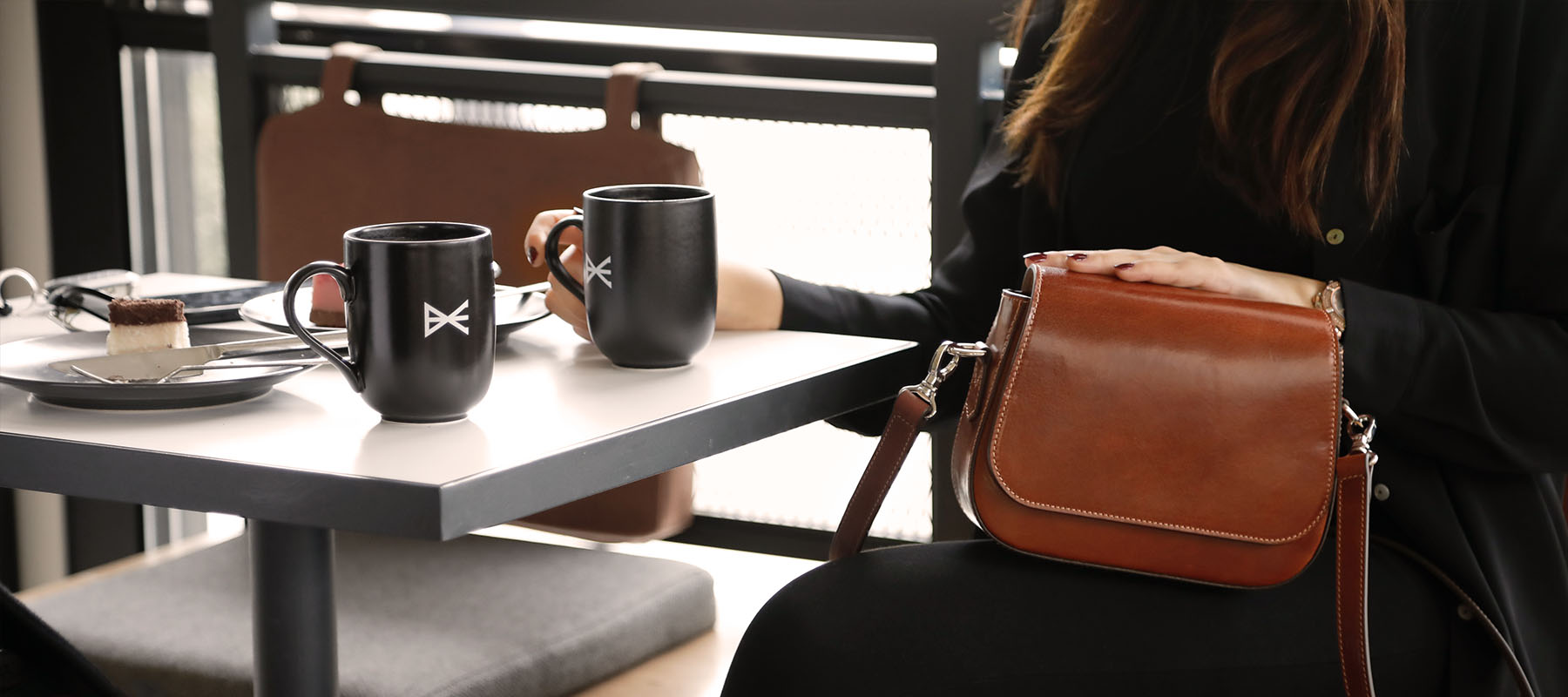
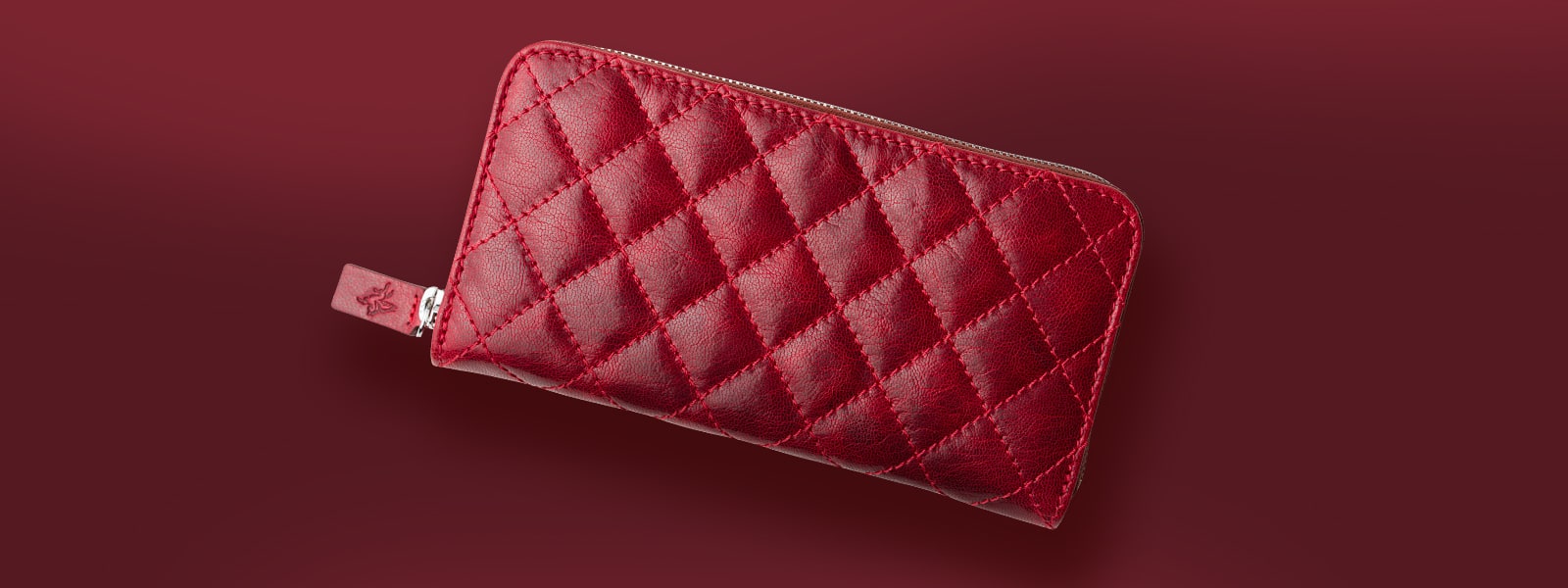
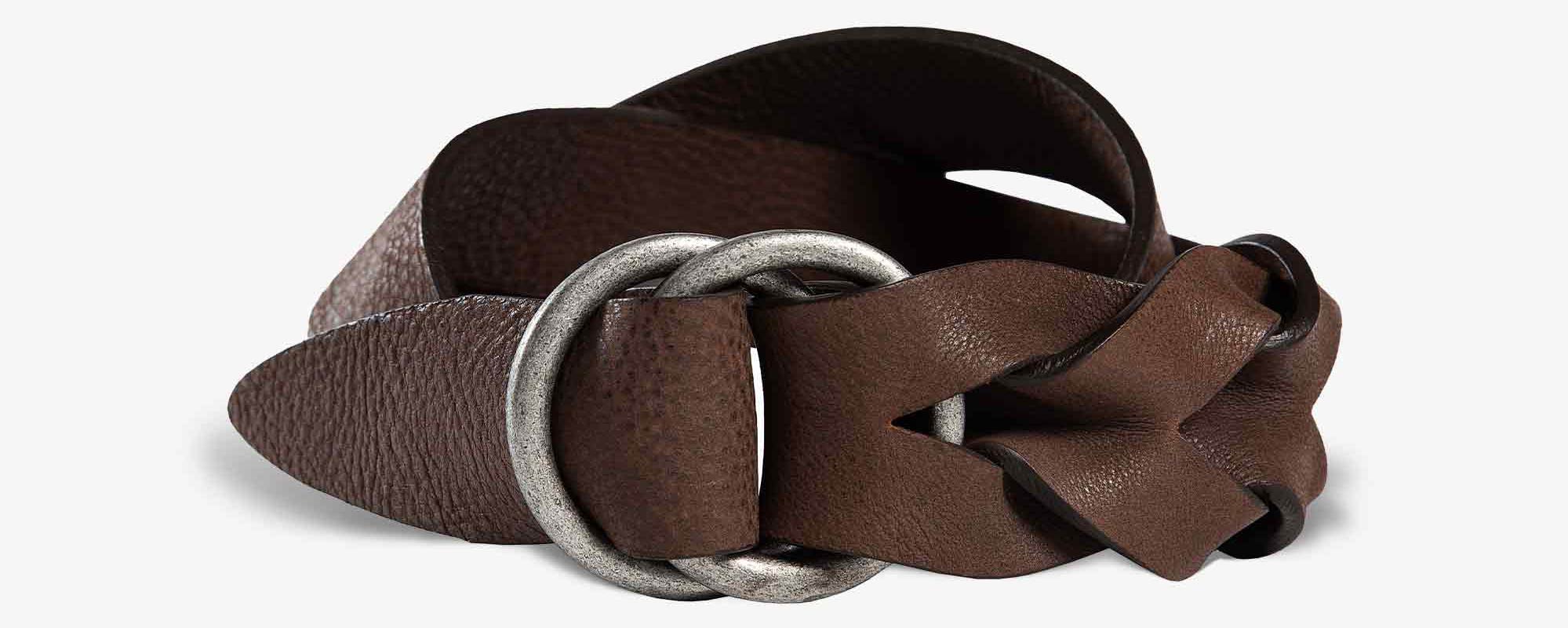

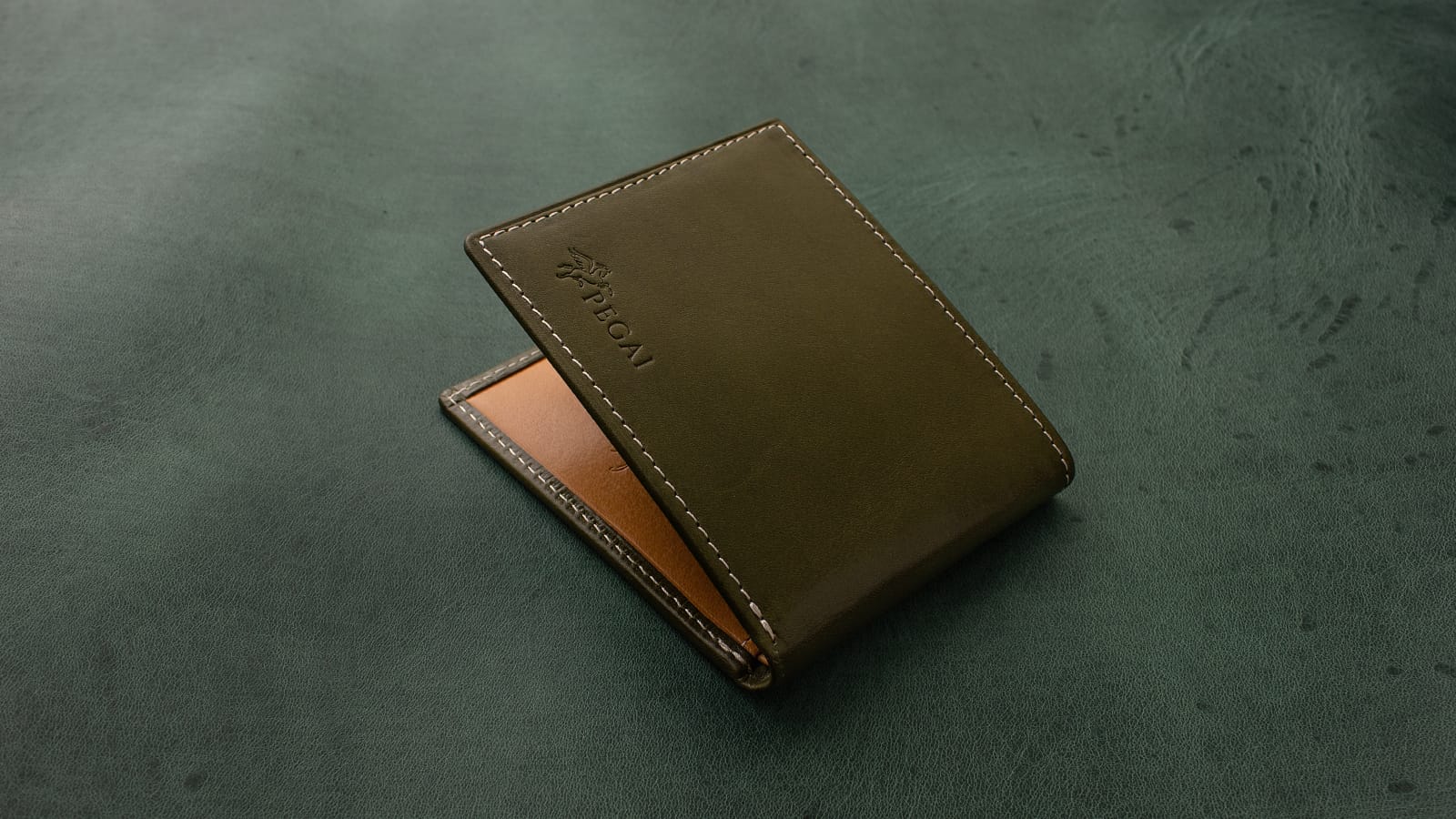
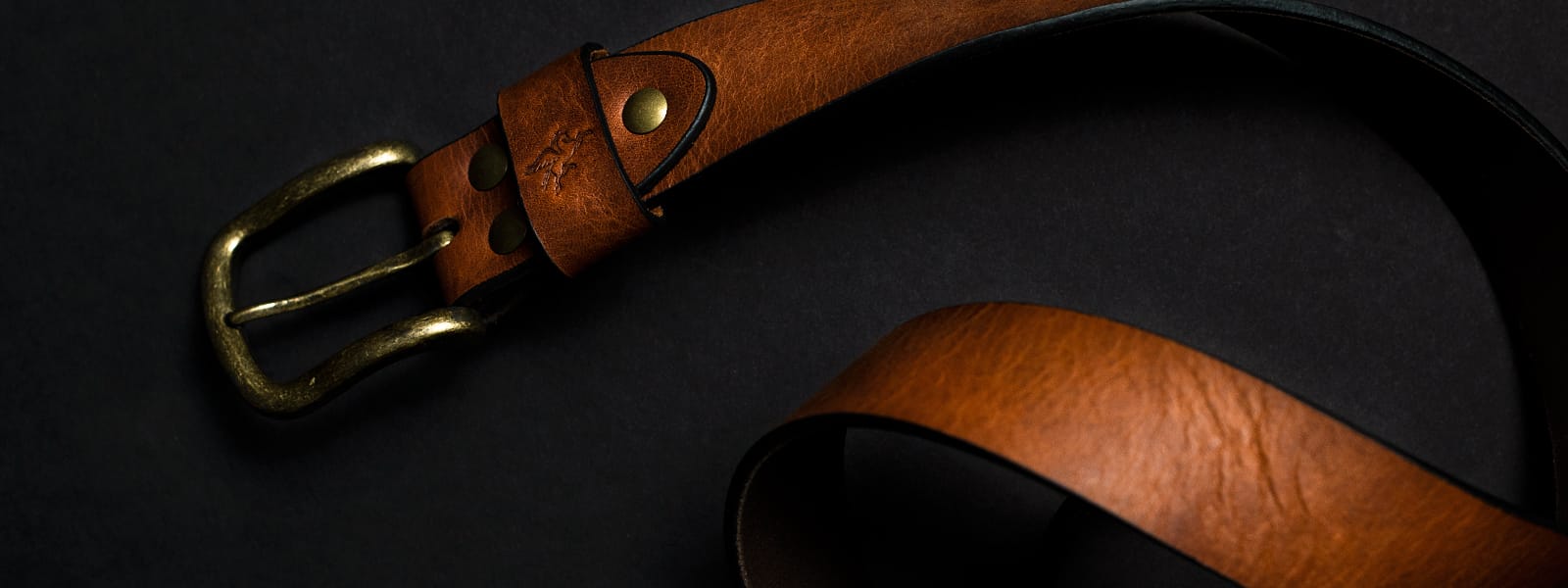

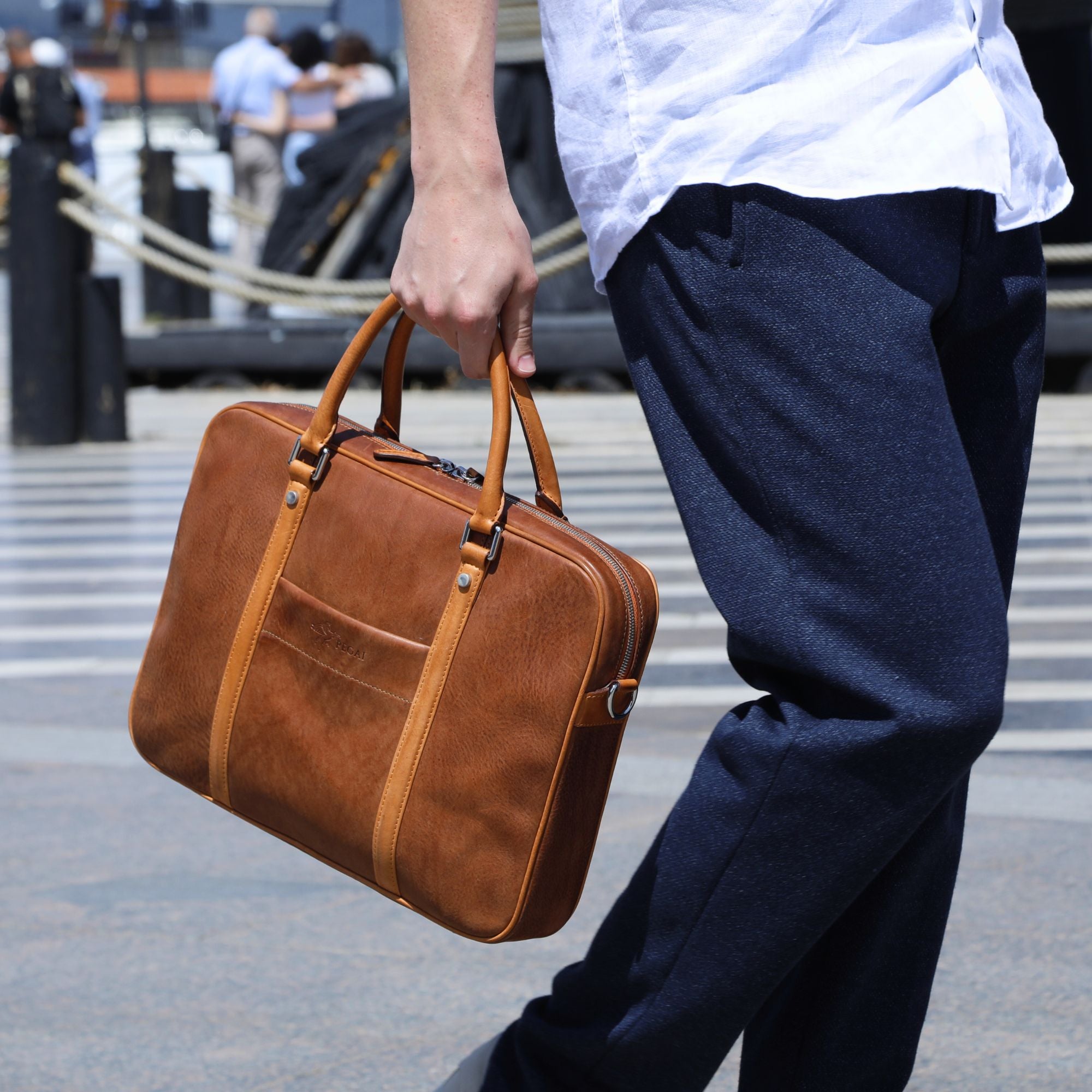
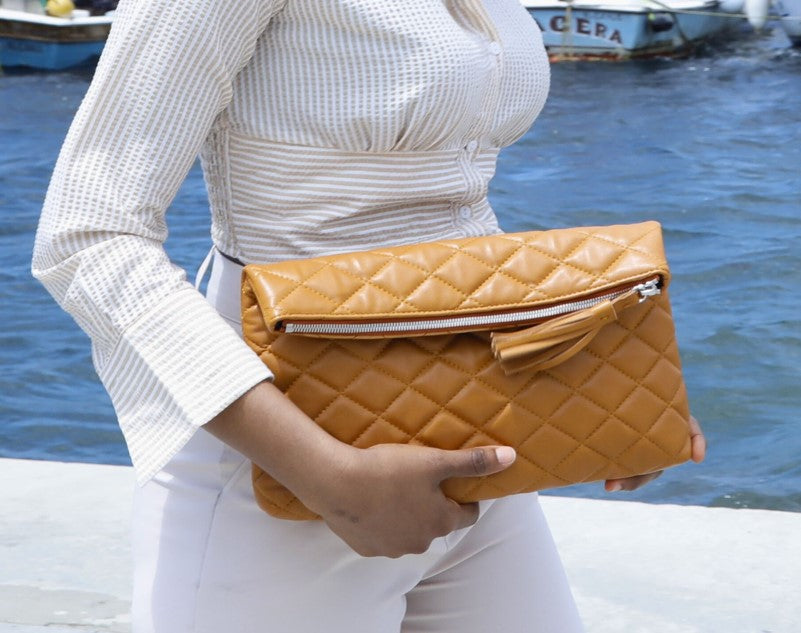

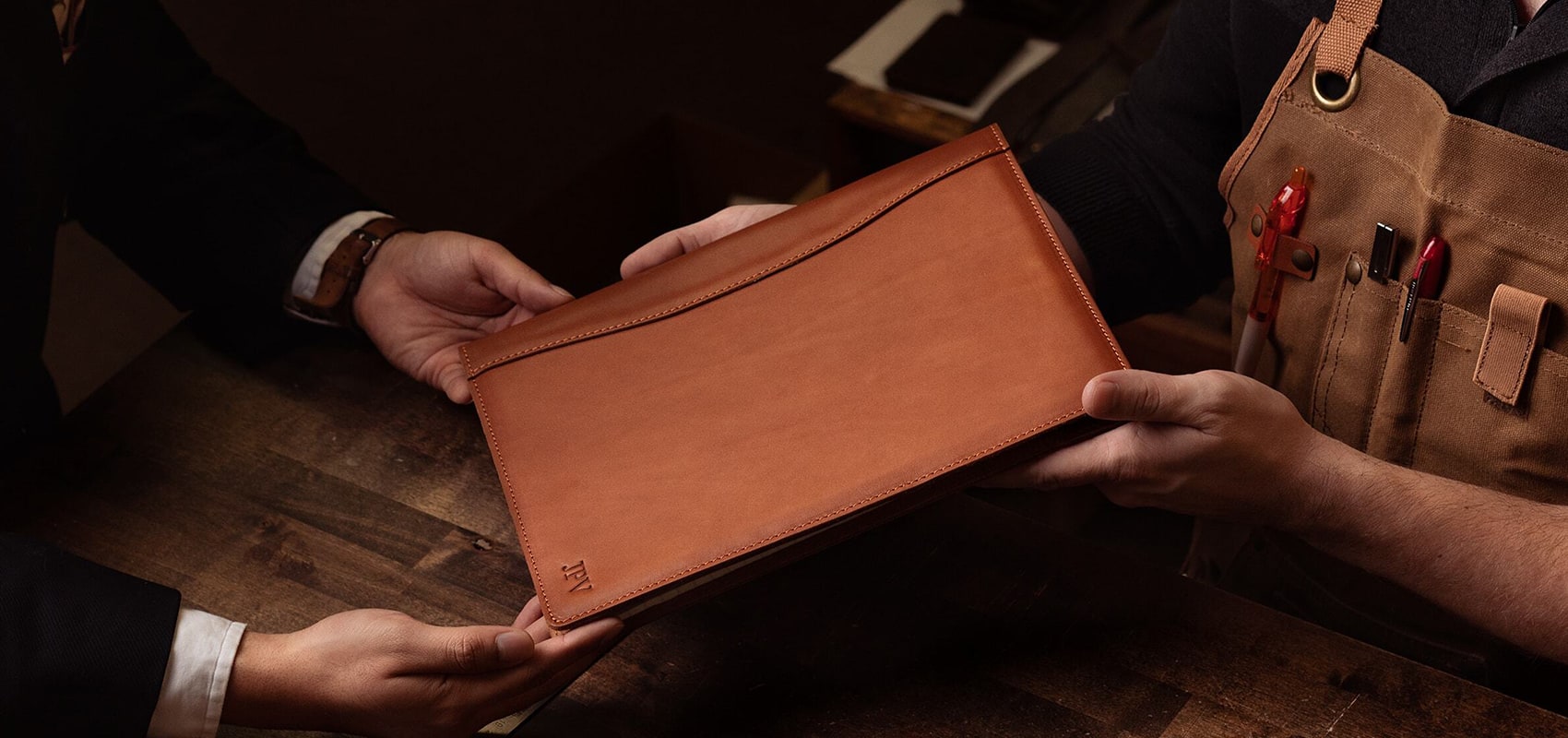
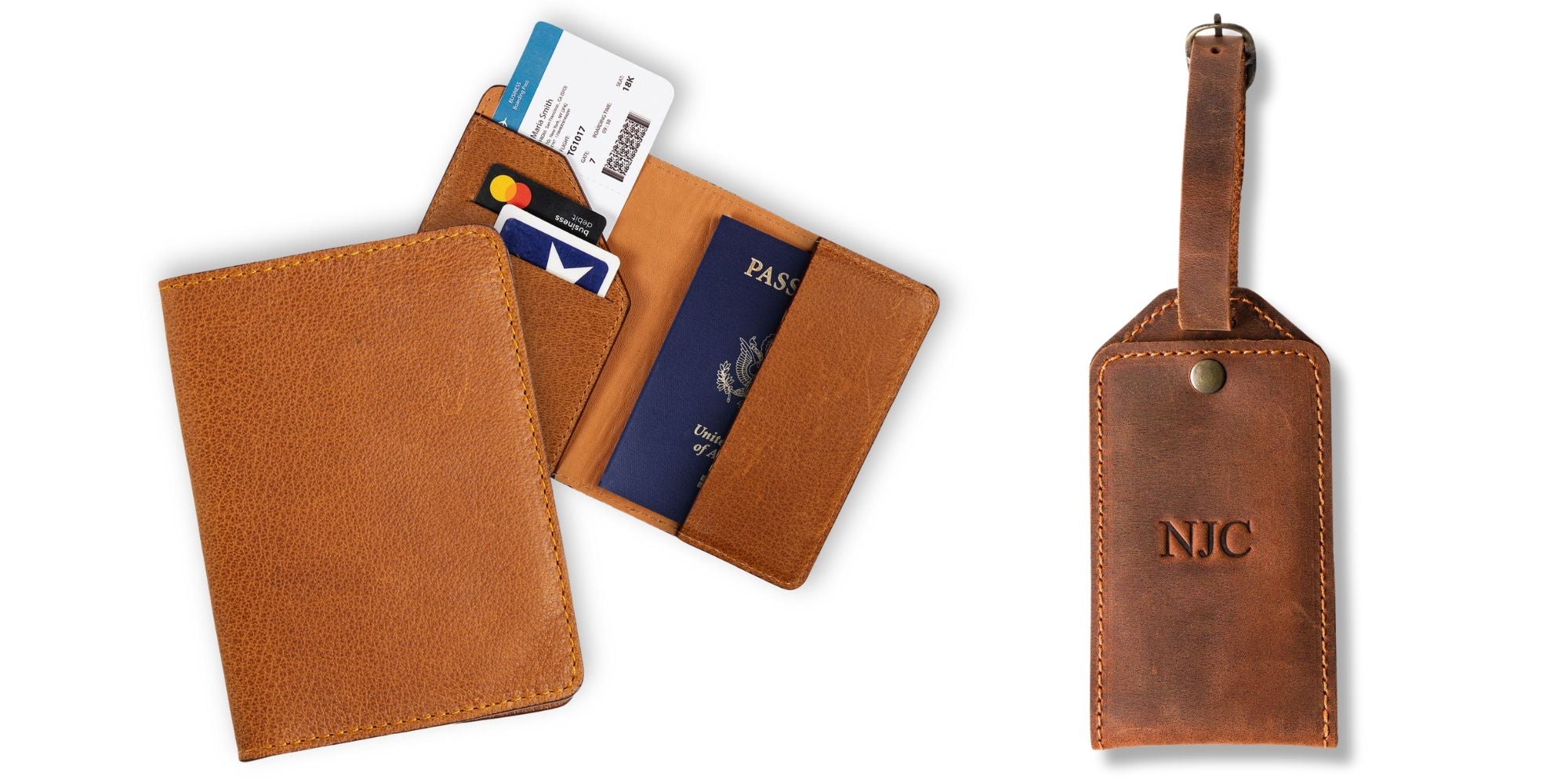
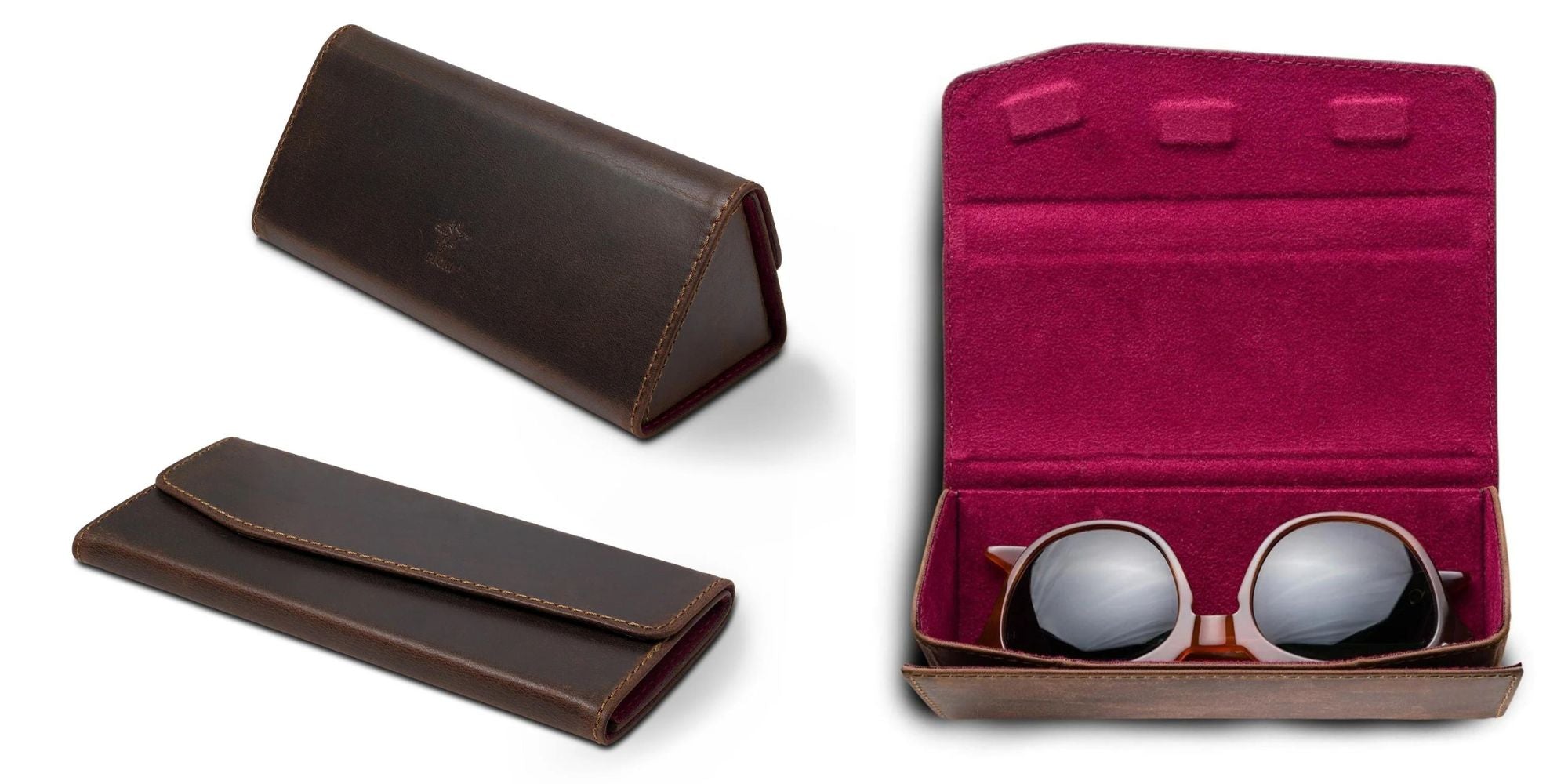



Leave a comment